#fukeiron
Text
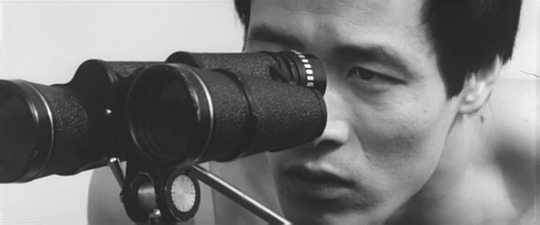
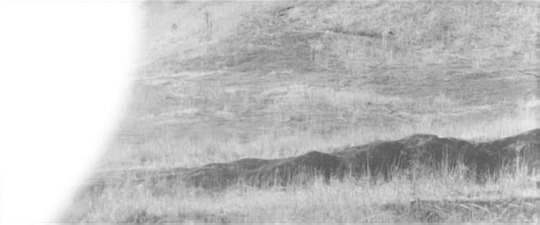



Kōji Wakamatsu
- Violent Virgin
1969
#Kōji Wakamatsu#Koji Wakamatsu#若松孝二#Violent Virgin#処女ゲバゲバ#Japanese Film#1969#landscape#landscape theory#fukeiron#風景論
74 notes
·
View notes
Photo

marco mazzi, soundscape (landscape theory), 2022. mixed media, 100x120 cm.
Rather than filming the subject of his film—a recently arrested 19 year old serial killer—Masao Adachi turned the camera 180 degrees, and instead, decided to film the landscapes seen by the subject over the course of his life. The resulting film, A.K.A. Serial Killer (1969) introduced the so-called landscape theory, fukeiron in Japanese. This gesture raises many questions: what can a camera, filming a landscape, reveal about the social and political structures of a given place at a given time? And what does this context tell us about the kind of alienation that can lead to violence?
Nature is generally seen as precisely that which cannot be produced; it is the antithesis of human productive activity. In its most immediate appearance, the natural landscape presents itself to us as the material substratum of daily life, the realm of use-values rather than exchange-values. As such it is highly differentiated along any number of axes. But with the progress of capital accumulation and the expansion of economic development, this material substratum is more and more the product of social production, and the dominant axes of differentiation are increasingly societal in origin.
3 notes
·
View notes
Photo
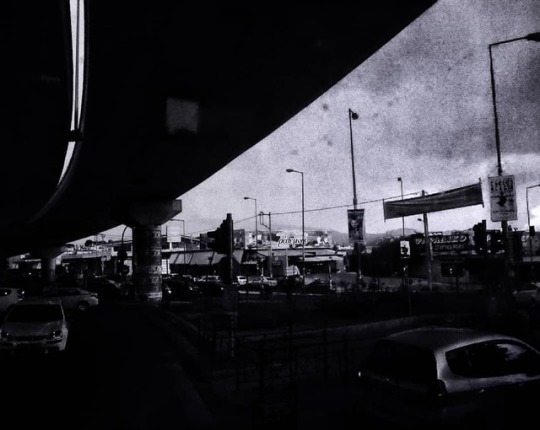
Attica 04a #attica #greece #bnw_demand #landscape #fukeiron #bnw_landscape #road #bridge #grain https://www.instagram.com/p/Bnw41rTCDfj/?utm_source=ig_tumblr_share&igshid=1bbasxqfkinvb
1 note
·
View note
Photo
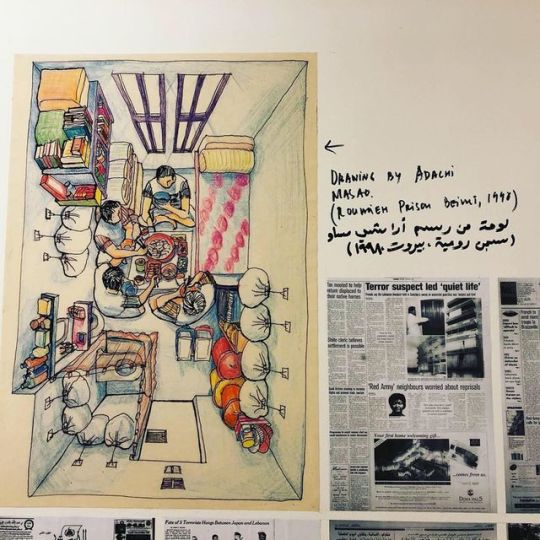
Reliving crazy #sixties with #masaoadachi in #lebanon #roumiehprison in a well curated show at @aubartgalleries #fukeiron (at Beirut, Lebanon) https://www.instagram.com/p/B2rIeq_Fku9/?igshid=1qm4e9kks7j36
0 notes
Video
vimeo
Masao Adachi & Kôji Wakamatsu - Sekigun-PFLP: Sekai Senso Sengen (The Red Army/PFLP: Declaration of World War), 1971 (70 min).
Co-edited by Red Army (Red Army Faction of Japan Revolutionary Communist League) and PFLP (Popular Front for the Liberation of Palestine)
In 1971, Koji Wakamatsu and Masao Adachi, both having ties to the Japanese Red Army, stopped in Palestine on their way home from the Cannes festival. There they caught up with notorious JRA ex-pats Fusako Shigenobu and Mieko Toyama in training camps to create a newsreel-style agit-prop film based off of the "landscape theory" (fûkeiron) that Adachi and Wakamatsu had developed. The theory, most evident at work in A.K.A. Serial Killer (1969), aimed to move the emphasis of film from situations to landscapes as expression of political and economical power relations.
In 1974 Adachi left Japan and committed himself to the Palestinian Revolution and linked up with the Japan Red Army. His activities thereafter were not revealed until he was arrested and imprisoned in 1997 in Lebanon. In 2001 Adachi was extradited to Japan, and after two years of imprisonment, he was released and subsequently published Cinema/Revolution [Eiga/Kakumei], an auto-biographical account of his life.
4 notes
·
View notes
Photo
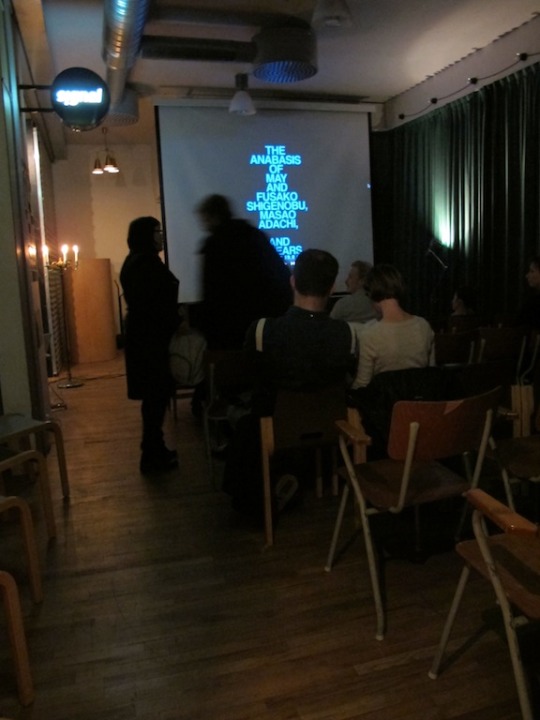
“The Anabasis of May and Fusako Shigenobu, Masao Adachi, and 27 Years without imagesby Eric Baudelaire, 2011, 66 min.
Tuesday 23 October 2012
7pm
Two life stories intersect when the legendary underground film director Masao Adachi join the Japanese Red Army (JRA) in Libanon in the early 1970s and becomes a father figure of May Shigenobu – daughter of the JRA founder and leader Fusako Shigenobu. Eric Baudelaire weaves together the stories of Shigenobu and Adachi with contemporary landscape imagery from Tokyo and Beirut – a method called Fukeiron (a theory of landscape), used and developed by Adachi, where the camera is turned towards everyday sceneries rather than people as a way of capturing the ubiquity of state power.
The Anabasis… is a film about political engagement and filmmaking, about exile and what it is like to grow up with ever changing identities and about memories and what the effect the lack of images can have in people’s lives.”
- Eric Baudelaire
http://www.signalsignal.org/the-anabasis-of-may-and-fusako-shigenobu-masao-adachi-and-27-years-without-images-2/?lang=en
0 notes
Text

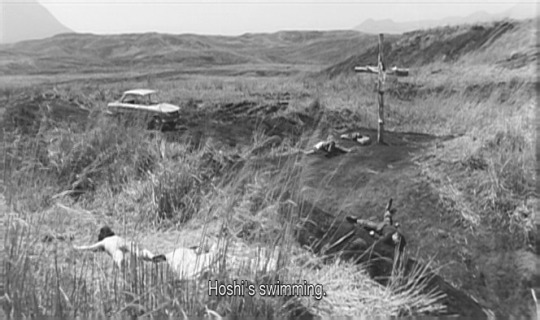




Kōji Wakamatsu
- Violent Virgin
1969
#Kōji Wakamatsu#Koji Wakamatsu#若松孝二#Violent Virgin#処女ゲバゲバ#Japanese Film#1969#landscape#landscape theory#fukeiron#風景論#密室
24 notes
·
View notes
Photo
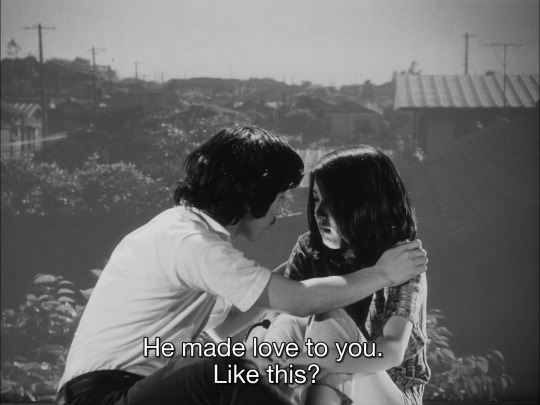
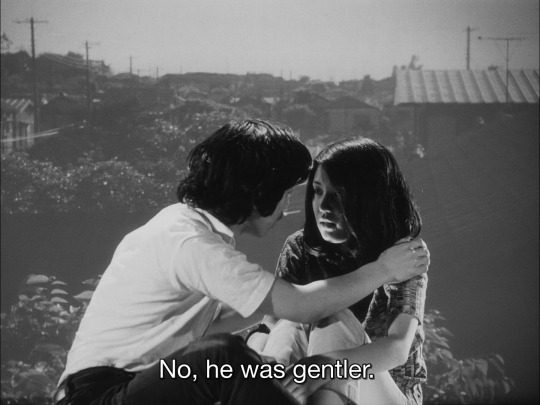
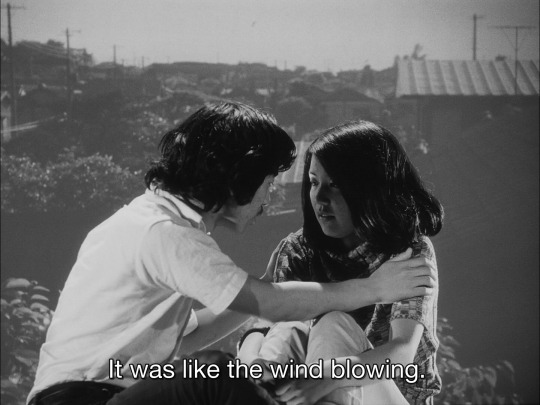
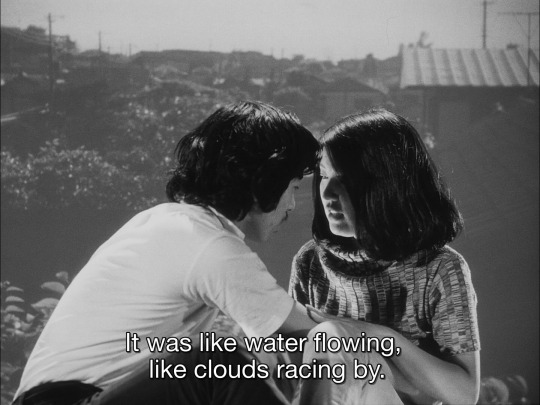
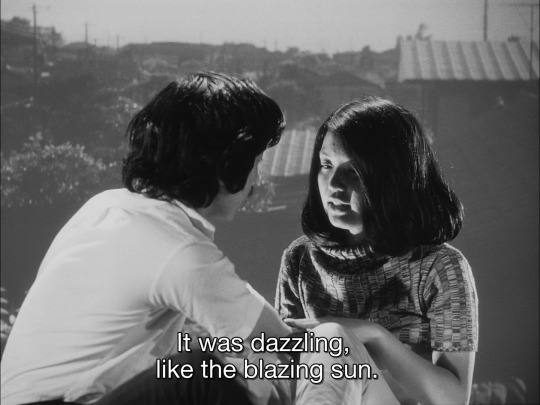
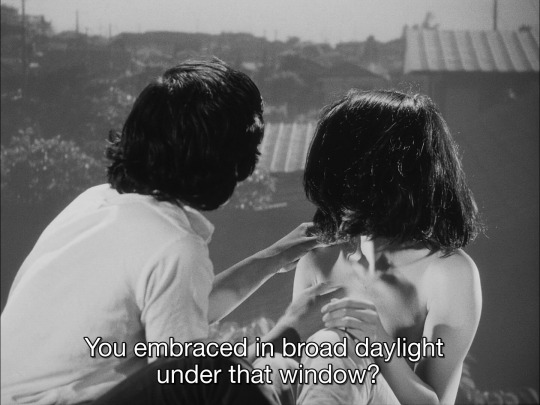


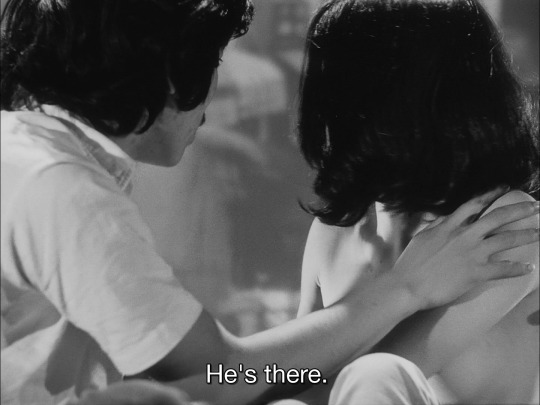
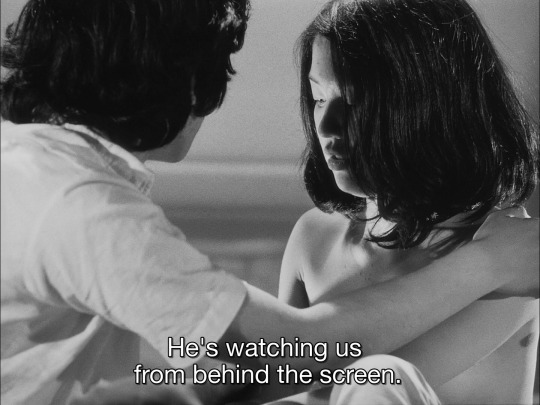
Nagisa Oshima
- The Man Who Left His Will on Film
1970
#1970#screen#大島渚#nagisa oshima#nagisa Ōshima#the man who left his will on film#東京戰争戦後秘話#東京战争戦後秘話#東京战争戦後秘話 映画で遺書を残して死んだ男の物語#映画で遺書を残して死んだ男の物語#東京風景战争#とうきょうせんそうせんごひわ#fukeiron#風景論#japanese film#1970s#atg#art theatre guild
255 notes
·
View notes
Photo



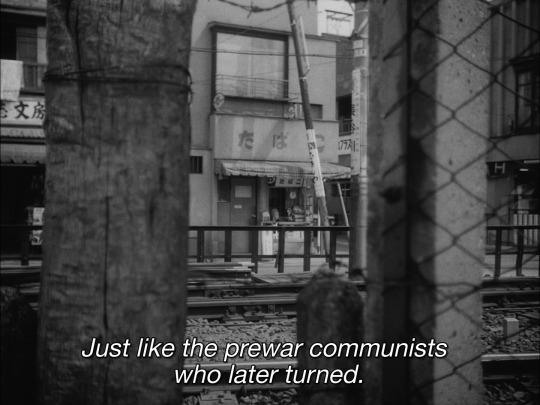

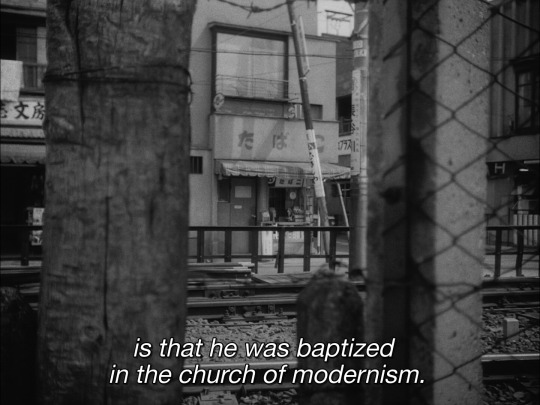
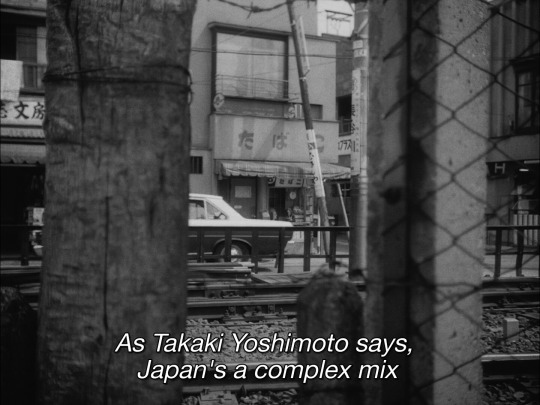
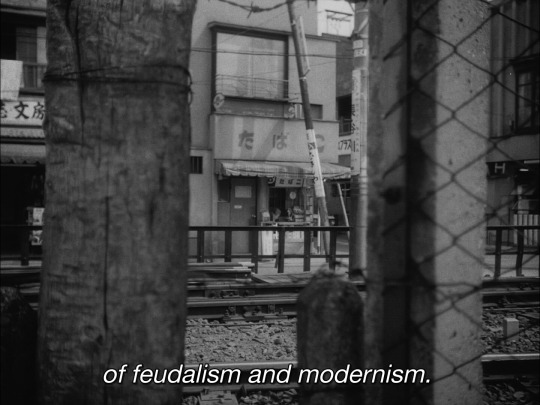
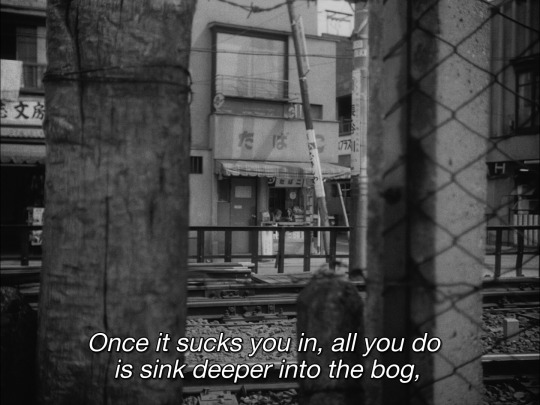

Nagisa Oshima
- The Man Who Left His Will on Film
1970
#takaaki yoshimoto#takaki yoshimoto#吉本隆明#1970#大島渚#nagisa oshima#nagisa Ōshima#the man who left his will on film#東京戰争戦後秘話#東京战争戦後秘話#東京战争戦後秘話 映画で遺書を残して死んだ男の物語#映画で遺書を残して死んだ男の物語#東京風景战争#とうきょうせんそうせんごひわ#fukeiron#風景論#japanese film#1970s#atg#art theatre guild
102 notes
·
View notes
Photo
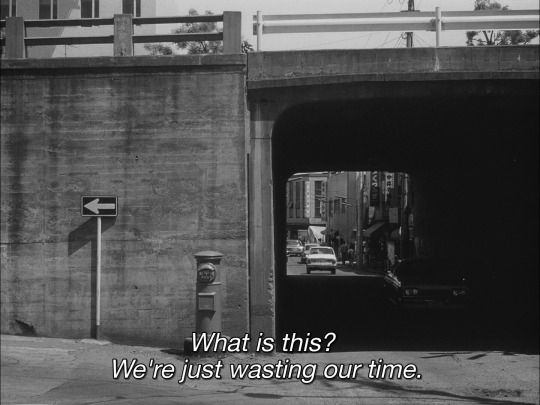

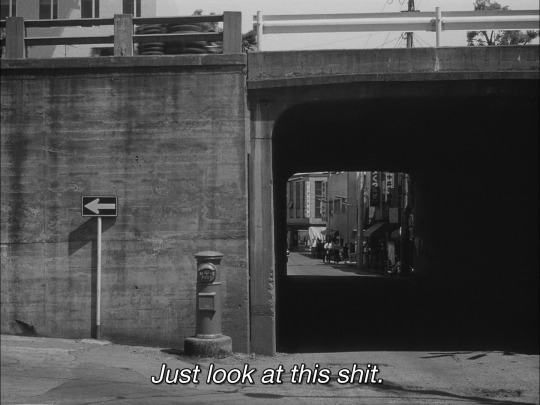
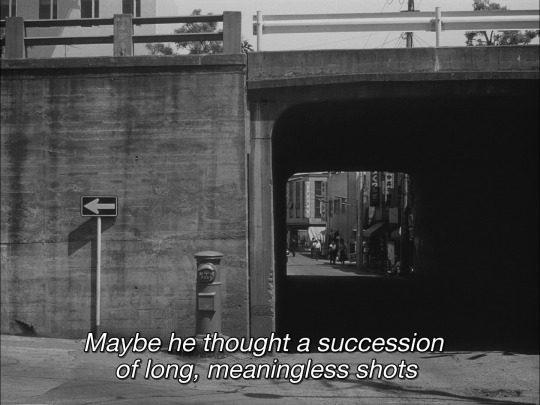
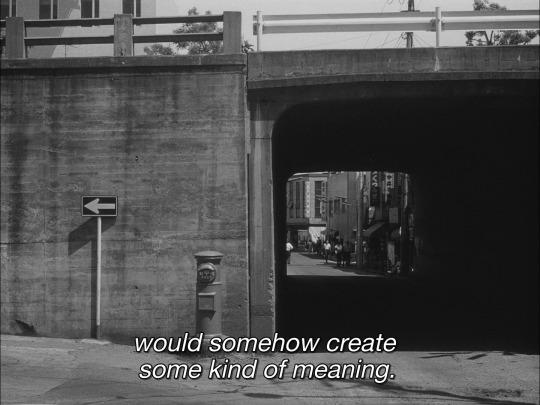
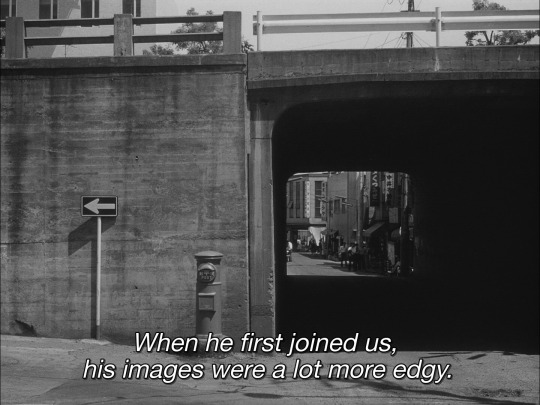
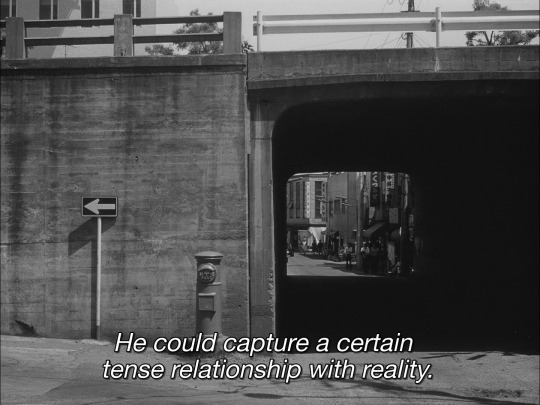
Nagisa Oshima
- The Man Who Left His Will on Film
1970
#1970#大島渚#nagisa oshima#nagisa Ōshima#the man who left his will on film#東京戰争戦後秘話#東京战争戦後秘話#東京战争戦後秘話 映画で遺書を残して死んだ男の物語#映画で遺書を残して死んだ男の物語#東京風景战争#とうきょうせんそうせんごひわ#fukeiron#風景論#japanese film#1970s#atg#art theatre guild
46 notes
·
View notes
Photo
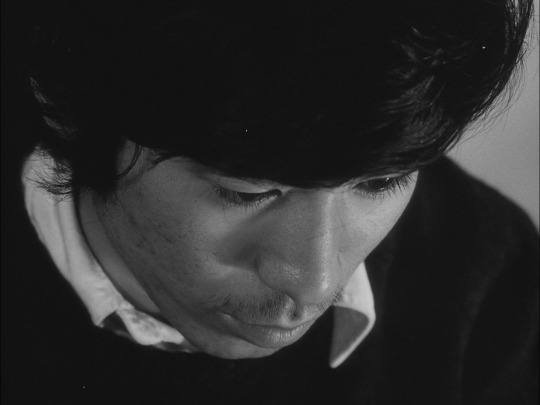



Nagisa Oshima
- The Man Who Left His Will on Film
1970
#1970#大島渚#nagisa oshima#nagisa Ōshima#the man who left his will on film#東京戰争戦後秘話#東京战争戦後秘話#東京战争戦後秘話 映画で遺書を残して死んだ男の物語#映画で遺書を残して死んだ男の物語#東京風景战争#とうきょうせんそうせんごひわ#fukeiron#風景論#japanese film#1970s#atg#art theatre guild
45 notes
·
View notes
Photo

marco mazzi, seascape (landscape theory), 2022. mixed media, 120x100 cm.
Rather than filming the subject of his film—a recently arrested 19 year old serial killer—Masao Adachi turned the camera 180 degrees, and instead, decided to film the landscapes seen by the subject over the course of his life. The resulting film, A.K.A. Serial Killer (1969) introduced the so-called landscape theory, fukeiron in Japanese. This gesture raises many questions: what can a camera, filming a landscape, reveal about the social and political structures of a given place at a given time? And what does this context tell us about the kind of alienation that can lead to violence?
Nature is generally seen as precisely that which cannot be produced; it is the antithesis of human productive activity. In its most immediate appearance, the natural landscape presents itself to us as the material substratum of daily life, the realm of use-values rather than exchange-values. As such it is highly differentiated along any number of axes. But with the progress of capital accumulation and the expansion of economic development, this material substratum is more and more the product of social production, and the dominant axes of differentiation are increasingly societal in origin.
0 notes
Photo

marco mazzi, seascape (landscape theory), 2022. mixed media, 120x100 cm.
Rather than filming the subject of his film—a recently arrested 19 year old serial killer—Masao Adachi turned the camera 180 degrees, and instead, decided to film the landscapes seen by the subject over the course of his life. The resulting film, A.K.A. Serial Killer (1969) introduced the so-called landscape theory, fukeiron in Japanese. This gesture raises many questions: what can a camera, filming a landscape, reveal about the social and political structures of a given place at a given time? And what does this context tell us about the kind of alienation that can lead to violence?
Nature is generally seen as precisely that which cannot be produced; it is the antithesis of human productive activity. In its most immediate appearance, the natural landscape presents itself to us as the material substratum of daily life, the realm of use-values rather than exchange-values. As such it is highly differentiated along any number of axes. But with the progress of capital accumulation and the expansion of economic development, this material substratum is more and more the product of social production, and the dominant axes of differentiation are increasingly societal in origin.
1 note
·
View note
Photo

marco mazzi, seascape (landscape theory), 2022. mixed media, 120x100 cm.
Rather than filming the subject of his film—a recently arrested 19 year old serial killer—Masao Adachi turned the camera 180 degrees, and instead, decided to film the landscapes seen by the subject over the course of his life. The resulting film, A.K.A. Serial Killer (1969) introduced the so-called landscape theory, fukeiron in Japanese. This gesture raises many questions: what can a camera, filming a landscape, reveal about the social and political structures of a given place at a given time? And what does this context tell us about the kind of alienation that can lead to violence?
Nature is generally seen as precisely that which cannot be produced; it is the antithesis of human productive activity. In its most immediate appearance, the natural landscape presents itself to us as the material substratum of daily life, the realm of use-values rather than exchange-values. As such it is highly differentiated along any number of axes. But with the progress of capital accumulation and the expansion of economic development, this material substratum is more and more the product of social production, and the dominant axes of differentiation are increasingly societal in origin.
0 notes
Photo

marco mazzi, seascape (landscape theory), 2022. mixed media, 80x100 cm.
Rather than filming the subject of his film—a recently arrested 19 year old serial killer—Masao Adachi turned the camera 180 degrees, and instead, decided to film the landscapes seen by the subject over the course of his life. The resulting film, A.K.A. Serial Killer (1969) introduced the so-called landscape theory, fukeiron in Japanese. This gesture raises many questions: what can a camera, filming a landscape, reveal about the social and political structures of a given place at a given time? And what does this context tell us about the kind of alienation that can lead to violence?
Nature is generally seen as precisely that which cannot be produced; it is the antithesis of human productive activity. In its most immediate appearance, the natural landscape presents itself to us as the material substratum of daily life, the realm of use-values rather than exchange-values. As such it is highly differentiated along any number of axes. But with the progress of capital accumulation and the expansion of economic development, this material substratum is more and more the product of social production, and the dominant axes of differentiation are increasingly societal in origin.
0 notes
